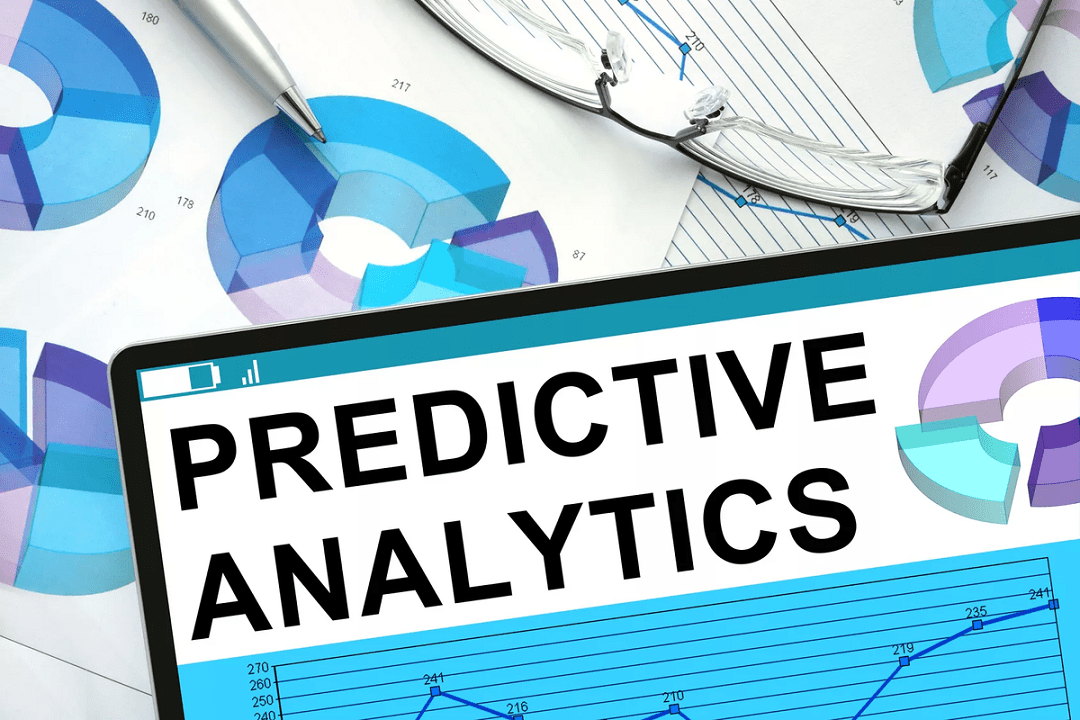What if you could predict your customer’s next move and keep them hooked—before they even think about leaving?
Enter predictive analytics, the game-changing tool that’s revolutionizing customer retention. It’s not about guesswork anymore; it’s about using data to stay one step ahead, ensuring your customers stay loyal and engaged.
Knowing exactly when to reach out, what they crave, and how to deliver it—before they even realize they want it. This isn’t just about keeping customers happy; it’s about building lasting relationships that drive growth and loyalty.
Ready to transform your customer relationships and skyrocket retention rates?
Let’s dive into the magic of predictive analytics and how it’s helping businesses turn one-time buyers into lifelong fans!
According to SAP, Predictive analytics helps businesses look into the future and peer around corners with a reasonable degree of accuracy.
Predictive Analytics Improves Customer Retention
Predictive analytics relies on several components to deliver actionable insights. Let’s break down its workflow:
- Data Collection and Integration
Predictive analytics begins with gathering data from multiple sources, such as CRM systems, social media platforms, transaction histories, and customer feedback. Businesses integrate this data to form a unified view of each customer. With the power of Smart PCs, companies can process and analyze vast amounts of data in real time, enabling faster insights and more accurate predictions.
By leveraging this technology, businesses can anticipate customer behaviors, tailor personalized experiences, and ensure proactive engagement strategies that increase retention and loyalty.
- Pattern Identification
Using machine learning algorithms and statistical models, predictive analytics identifies patterns in historical data. For instance, it might detect that customers who visit a website less frequently are more likely to churn.
- Prediction Models
Once patterns are identified, prediction models are created. These models can forecast key outcomes, such as which customers are likely to churn or respond positively to a discount offer.
- Actionable Insights
Finally, predictive analytics provides actionable insights that businesses can use to implement retention strategies, such as personalized communication, loyalty programs, or targeted offers.
A report by SAS revealed that Predictive models help businesses attract, retain, and grow their most profitable customers.
Predictive Analytics Improves Customer Experience
Let’s explore the specific ways predictive analytics contributes to retaining customers effectively.
1. Identifying At-Risk Customers
One of the most significant challenges businesses face is identifying customers at risk of leaving. Predictive analytics uses historical data and behavioral patterns to predict churn probabilities. For example:
- A sudden decrease in engagement, such as fewer logins or reduced purchases.
- Negative sentiment in feedback or reviews.
- A drop in response rates to marketing campaigns.
With these insights, businesses can intervene promptly by:
- Offering personalized discounts or promotions.
- Reaching out with tailored customer support.
- Addressing specific complaints or issues.
2. Personalizing Customer Experiences
How often do you feel valued when a brand tailors its offerings specifically to your preferences? Predictive analytics excels at personalizing customer interactions by:
- Analyzing purchase history to recommend relevant products.
- Determining the best time and channel to communicate with customers.
- Customizing loyalty rewards to match customer preferences.
Personalization strengthens the emotional connection between the customer and the brand, increasing the likelihood of retention.
3. Optimizing Engagement Strategies
Not all customers respond to marketing efforts in the same way. Predictive analytics helps businesses segment their customer base and design engagement strategies accordingly. Here’s how:
- Behavior-Based Segmentation: Grouping customers based on behavior, such as browsing habits or purchase frequency.
- Channel Preferences: Identifying which customers prefer email, SMS, or social media interactions.
- Time Optimization: Sending messages at times when customers are most likely to engage.
By tailoring engagement strategies, businesses can maximize the impact of their efforts and maintain strong connections with their audience.
4. Improving Loyalty Programs
Loyalty programs are a proven method to retain customers, but they need to be relevant and appealing. Predictive analytics helps optimize loyalty programs by:
- Forecasting which rewards will resonate most with specific customer segments.
- Identifying customers most likely to respond positively to tiered loyalty programs.
- Suggesting timely rewards to re-engage inactive customers.
For example, if a customer hasn’t made a purchase in months, offering a limited-time reward might rekindle their interest.
As per Cms wire reports, predictive analytics offers brands a powerful tool to improve the customer experience.
Real-World Applications Of Predictive Analytics In Retention
1. Subscription-Based Businesses
Subscription businesses rely heavily on retaining customers to ensure steady revenue. Predictive analytics helps by:
- Monitoring engagement metrics, such as login frequency or feature usage.
- Predicting subscription cancellations based on activity trends.
- Proactively offering discounts or upgraded features to retain subscribers.
2. E-Commerce Platforms
For e-commerce businesses, customer retention involves keeping shoppers coming back. Predictive analytics plays a crucial role in the following:
- Recommending products based on past purchases.
- Detecting cart abandonment patterns and triggering timely reminders.
- Offering personalized discounts to high-value customers.
3. Financial Services
In the financial sector, retaining customers involves building trust and delivering value. Predictive analytics enables:
- Identifying customers likely to switch providers due to dissatisfaction.
- Offering tailored financial advice based on spending patterns.
- Creating retention campaigns targeting high-value clients.
Conclusion
Predictive analytics is not just a tool; it’s a strategic advantage in today’s customer-centric business environment. By providing deep insights into customer behavior and predicting future actions, it allows businesses to take proactive steps to retain customers, enhance their experiences, and foster long-term loyalty.
The potential of predictive analytics in customer retention is undeniable, from reducing churn rates to delivering personalized content. A customer-centric approach will help businesses build stronger relationships and succeed in a competitive market.

